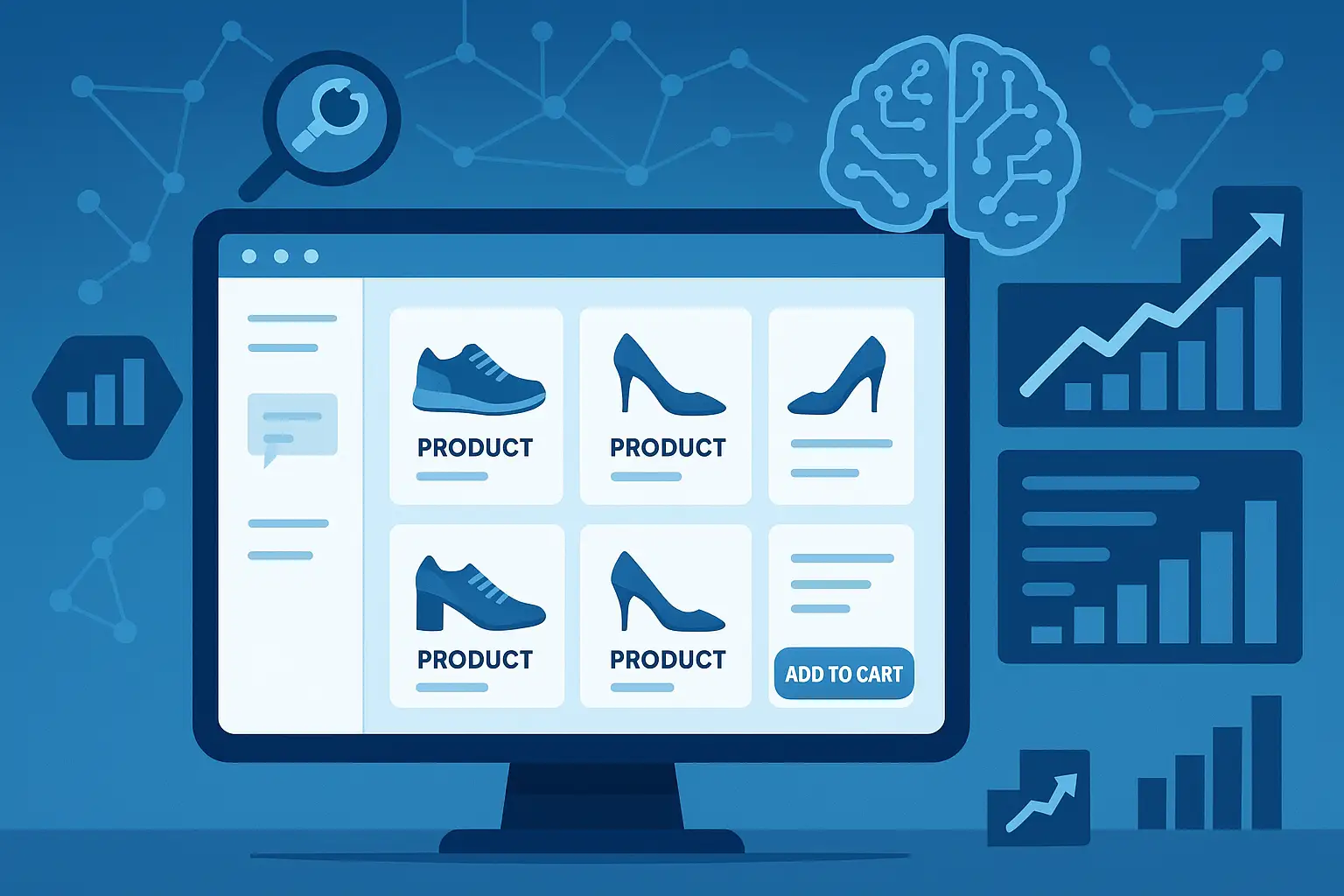5 steps to a successful software implementation in your company

Introduction
Implementing new software in a company is a process that can be complex and time-consuming. Failed implementations may lead to employee frustration, decreased productivity, and additional costs. That’s why it is important to approach this task with a proper plan. In this article, we present five key steps that will help you successfully implement software in your company, minimizing risks and maximizing benefits.
1. Needs and Goals Analysis
Before starting the software implementation, it is essential to understand your company’s needs and the goals you want to achieve. Conduct a detailed analysis of business processes and identify areas that require technological support. Conversations with employees and stakeholders will help you better understand requirements and expectations.
2. Choosing the Right Software
There are many technology solutions available on the market. The choice of the right software should be based on the analysis of identified needs and goals. Pay attention to functionalities that are critical for your organization, as well as scalability, technical support, and the costs associated with implementation and maintenance.
3. Preparing the Team for Change
Implementing new software is not only a matter of technology but also of people. Preparing the team for change is crucial to success. Organize training sessions so employees can familiarize themselves with the new system. It is also important to communicate the benefits of the implementation and understand employee concerns, which will help increase acceptance of the change.
4. Testing and Pilot Deployment
Before full implementation, it is recommended to carry out testing and a pilot phase. This allows you to verify whether the software works as expected and identify potential issues. Small-scale testing makes it possible to introduce adjustments and tailor the system to the specific needs of the company before rolling it out on a larger scale.
5. Monitoring and Performance Evaluation
After implementing the software, it is crucial to monitor its operation and evaluate its effectiveness. Regularly collecting user feedback will allow you to introduce improvements and adjustments. Analyzing the results will help determine whether the intended goals have been achieved and what the next steps in process optimization should be.
Przeglądaj inne artykuły

Digital Products Without Users: When Software Works Entirely Machine-to-Machine

Unbundled Platforms: Why the Future of Digital Products Belongs to Ecosystems, Not Single Applicatio

Silent Software: Why the Most Valuable Digital Products of the Future Will Be the Ones Users Barely

Cognitive Commerce: How AI Learns to Think Like Your Customers and Redefines Digital Shopping

Predictive UX: How AI Anticipates User Behavior Before It Happens

AI-Driven Product Innovation: How Intelligent Systems Are Transforming the Way Digital Products Are

Adaptive Commerce: How AI-Driven Systems Automatically Optimize Online Stores in Real Time

Zero-UI Commerce: How Invisible Interfaces Are Becoming the Future of Online Shopping

AI Merchandising: How Intelligent Algorithms Are Transforming Product Discovery in Modern E-Commerce

Composable Commerce: How Modular Architecture Is Reshaping Modern E-Commerce and Marketplace Develop

Context-Aware Software: How Apps Are Becoming Smarter, Adaptive, and Environment-Responsive

AI-Driven Observability: The New Backbone of Modern Software Systems

Hyper-Personalized Software: How AI Is Creating Products That Adapt Themselves to Every User

Edge Intelligence: The Future of Smart, Decentralized Computing

AI-Powered Cybersecurity: How Intelligent Systems Are Redefining Digital Defense

Modern Software: How Our Company Is Reshaping the Technology Landscape

From Digital Transformation to Digital Maturity: Building the Next Generation of Tech-Driven Busines

AI Agents: The Rise of Autonomous Digital Workers in Business and Software Engineering

Synthetic Data: The Next Frontier of AI and Business Intelligence

Quantum AI: How Quantum Computing Will Redefine Artificial Intelligence and Software Engineering

Design Intelligence: How AI Is Redefining UX/UI and Digital Product Creativity

How Artificial Intelligence Is Transforming DevOps and IT Infrastructure

AI Observability in Production: Monitoring, Anomaly Detection, and Feedback Loops for Smart Applicat

Low-Code Revolution: How Visual Development Is Transforming Software and Marketplace Creation

Composable Marketplaces: How Modular Architecture Is the Future of Platform Engineering

AI-Powered Storyselling: How Artificial Intelligence Is Reinventing Brand Narratives

The Era of Invisible Commerce: How AI Will Make Shopping Disappear by 2030

From Attention to Intention: The New Era of E-Commerce Engagement

Predictive Commerce: How AI Can Anticipate What Your Customers Will Buy Next

Digital Trust 2030: How AI and Cybersecurity Will Redefine Safety in the Digital Age

Cybersecurity in the Age of AI: Protecting Digital Trust in 2025–2030

The Future of Work: Humans and AI as Teammates

Green IT: How the Tech Industry Must Adapt for a Sustainable Future

Emerging Technologies in IT: What Will Shape 2025–2030

Growth Marketing – A Fast-Track Strategy for Modern Businesses

AI SEO Tools – 5 Technologies Revolutionizing Online Stores

AI SEO – How Artificial Intelligence Is Transforming Online Store Optimization

Product-Led Growth – When the Product Sells Itself

Technology in IT – Trends Shaping the Future of Business and Everyday Life

Marketplace Growth – How Exchange Platforms and E-commerce Build the Network Effect

Edge Computing – Bringing Processing Power Closer to the User

Agentic AI in Applications – When Software Starts Acting on Its Own

Neuromorphic Computers and 6G Networks – The Future of IT That Will Change the Game

Meta Llama 3.2 – The Open AI That Could Transform E-Commerce and SEO

AI Chatbot for Online Stores and Apps – More Sales, Better SEO, and Happier Customers

Innovative IT solutions — why invest now?

Innovative software development methods for your business

5 steps to successfully implement technological innovation in your company
